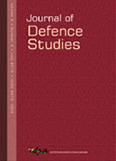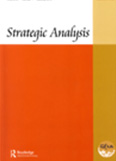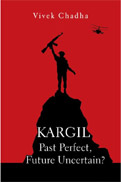Restraining Kargil: Nuclear Caution in the Shadow of Kashmir
The debate surrounding the stability of nuclear weapons has been a critical issue for the last half century. On the one hand, realists like Kenneth Waltz argue that the proliferation of nuclear weapons will foster greater stability due to the intrinsic deterrent logic associated with these weapons. The nuclear pessimists, on the other hand, argue that the accidental use of nuclear weapons and unstable regime types are a greater concern for the outbreak of nuclear war.
- Brent Thomas Gerchicoff
- July 2013













